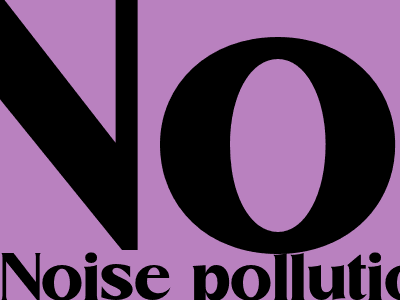
Noise Pollution: A Silent Killer
What is Noise Pollution?
Noise pollution refers to any sound that is unwanted or harmful to humans and the environment. It is a major problem in urban areas, where excessive noise can contribute to various health and social issues.
Sources of Noise Pollution
Noise pollution can come from various sources, including:
- Traffic, including cars, motorcycles, and trucks
- Aircraft, especially in areas near airports
- Construction and industrial activities
- Loud music from concerts, bars, and homes
- Natural sources, such as thunder and wind
Health Effects of Noise Pollution
Exposure to excessive noise pollution can have significant adverse effects on human health, including:
- Hearing loss: prolonged exposure to loud noise can damage the inner ear and lead to hearing loss.
- Sleep disturbances: noise can interfere with sleep patterns, causing insomnia and fatigue.
- Cardiovascular problems: noise exposure has been linked to an increased risk of heart disease and stroke.
- Mental health issues: noise can contribute to anxiety, depression, and cognitive impairment.
- Tinnitus: exposure to loud noise can cause a ringing or buzzing in the ears, known as tinnitus.
Noise Control and Prevention
Noise pollution can be controlled and prevented through various measures, including:
- Urban planning: zoning regulations, land-use planning, and building codes can be used to mitigate noise pollution.
- Traffic management: traffic calming measures, such as speed bumps and roundabouts, reduce road noise.
- Noise barriers: noise barriers, such as walls and berms, can be constructed to block noise from sources like highways and railways.
- Acoustic insulation: installing sound-absorbing materials in buildings can reduce noise transmission.
- Noise regulations: laws and regulations can limit noise levels in certain areas, such as residential neighborhoods and sensitive ecosystems.
Aircraft Noise Pollution
Aircraft noise pollution is a specific concern in areas near airports. Aircraft take-offs and landings generate significant noise which can affect the health and well-being of nearby communities.
To mitigate aircraft noise pollution, various measures can be implemented:
- Airport planning: airports can be sited away from residential areas and flight paths can be optimized to minimize noise impact.
- Quieter aircraft: advancements in aircraft design and technology can reduce noise emissions.
- Noise monitoring: noise monitoring systems can track and identify noise sources to inform mitigation strategies.
- Community outreach: airports and airlines can engage with affected communities to understand concerns and implement noise reduction measures.
Conclusion
Noise pollution is a serious environmental and health concern. By understanding the sources, health effects, and noise control measures, we can create quieter, healthier communities for everyone.